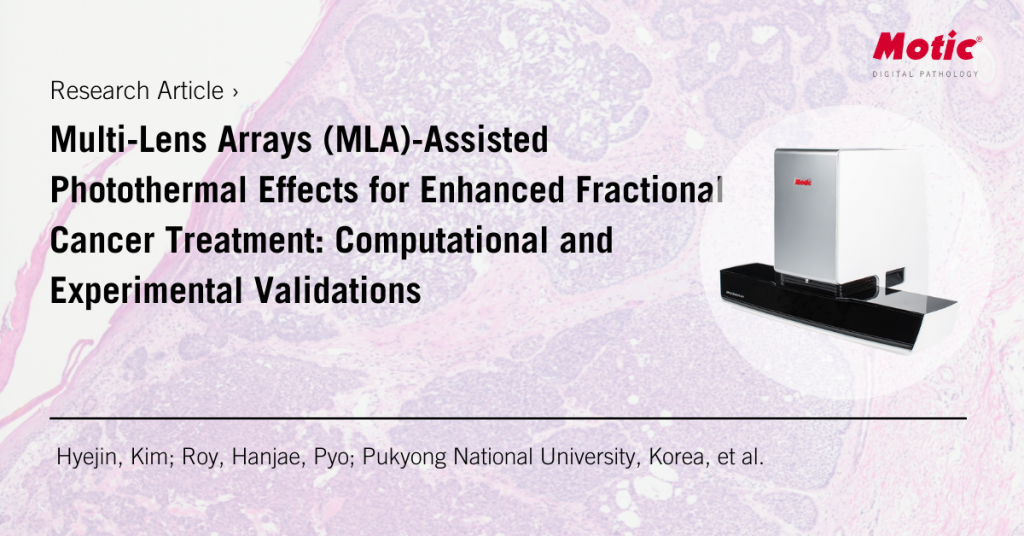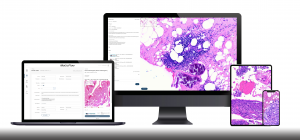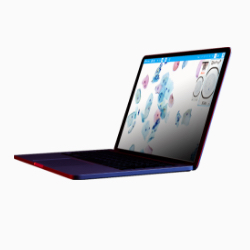
This research study from Cancers Journal – conducts an investigation to experimentally demonstrate the therapeutic benefits of MLA-assisted fractional PTT on colorectal cancer, in comparison to flat fiber-based PTT.
Abstract:
The purpose of the current study is to evaluate the feasibility of multi-lens arrays (MLA) for enhanced PTT by delivering laser light in a fractional microbeam pattern. Computational and experimental evaluations compare the photothermal responses of gelatin phantoms and aqueous dye solutions to irradiations with Flat and MLA. In vivo colon cancer models have been developed to validate the therapeutic capacity of MLA-assisted irradiation. MLA yields 1.6-fold wider and 1.9-fold deeper temperature development in the gelatin phantom than Flat, and temperature monitoring identified the optimal treatment condition at an irradiance of 2 W/cm2 for 180 s. In vivo tests showed that the MLA group was accompanied by complete tumor eradication, whereas the Flat group yielded incomplete removal and significant tumor regrowth 14 days after PTT. The proposed MLA-assisted PTT spatially augments photothermal effects with the fractional microbeams on the tumor and helps achieve complete tumor removal without recurrence.
How MoticEasyScan was used:
All histological slides were photographed using optical microscopy (20X for HE and 100X for TUNEL; MoticEasyScan). Subsequently, a pathologist conducted gross examinations on the histology slides of three groups (control, Flat, and MLA; n = 4 per group) and scored the histological responses of the random spots in the slides semi-quantitatively [22,23] in a score range between 1 and 3, where 1 (absent or minimal) represents no or minimal thermal damage to tumor tissue and negative response of TUNEL staining (blue-green color); 2 (moderate) represents mild cellular shrinkage resulting from laser-induced injury and positive reaction of TUNEL staining (brown color); 3 (severe) represents severe thermal injury induced by the laser irradiation and positive reaction of TUNEL staining (brown color) in the same area.






